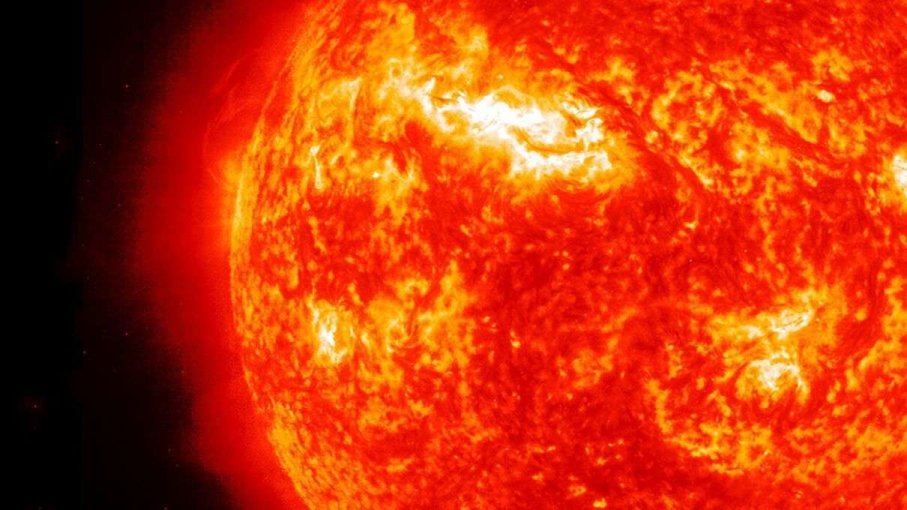Weird Physics: The Closer You Get to the Sun, the Cooler It Gets

One of the weird things about space is that things don’t always conform to what would seem like common sense. Take the Sun, for example. You’d think that the Sun’s surface would be hotter than its outer atmosphere, since, the surface is closer to the nuclear furnace at the Sun’s core. After all, when you’re sitting in front of a fireplace, it feels hotter when you get closer to it, right?
The problem is that the Sun doesn’t work that way. The photosphere, as the solar surface is called, is indeed pretty hot, between 6,700 and 11,000 degrees Fahrenheit (3,700 to 6,200 degrees Celsius). But the further you get from the sun’s surface, the hotter the atmosphere seems to get. At the corona — the outermost atmospheric layer about 1,200 miles (2,100 kilometers) from the surface — the temperature soars to an astonishing 900,000 degrees Fahrenheit (500,000 degrees Celsius).
Besides the sun, some other stars exhibit this curious pattern as well, and for a long time, scientists struggled to figure out why. They developed a hypothesis, in which magnetohydrodynamic (MHD) waves distribute energy from below the photosphere directly up to the corona, almost like an express train with no local stops.
In 2013, British researchers used advances in imaging technology to examine the chromosphere, the layer between the photosphere and the corona, and actually examined the MHD waves. Their calculations confirmed that the waves could be responsible for transporting energy to the corona and heating that layer.
“Our observations have permitted us to estimate the amount of energy transported by the magnetic waves, and these estimates reveal that the waves’ energy meets the energy requirement for the unexplained temperature increase in the corona,” Richard Morton, a scientist for the UK’s Northumbria University, explained when announcing the discovery.



 Creators of mankind
Creators of mankind Description of “Tall white aliens”
Description of “Tall white aliens” Where they came from?
Where they came from? About hostile civilizations
About hostile civilizations The war for the Earth
The war for the Earth “Tall white aliens” about eternal life
“Tall white aliens” about eternal life Video: “Nordic aliens”
Video: “Nordic aliens” Aliens
Aliens Alien encounters
Alien encounters The aliens base
The aliens base UFO
UFO Technology UFO
Technology UFO Underground civilization
Underground civilization Ancient alien artifacts
Ancient alien artifacts Military and UFO
Military and UFO Mysteries and hypotheses
Mysteries and hypotheses Scientific facts
Scientific facts


















